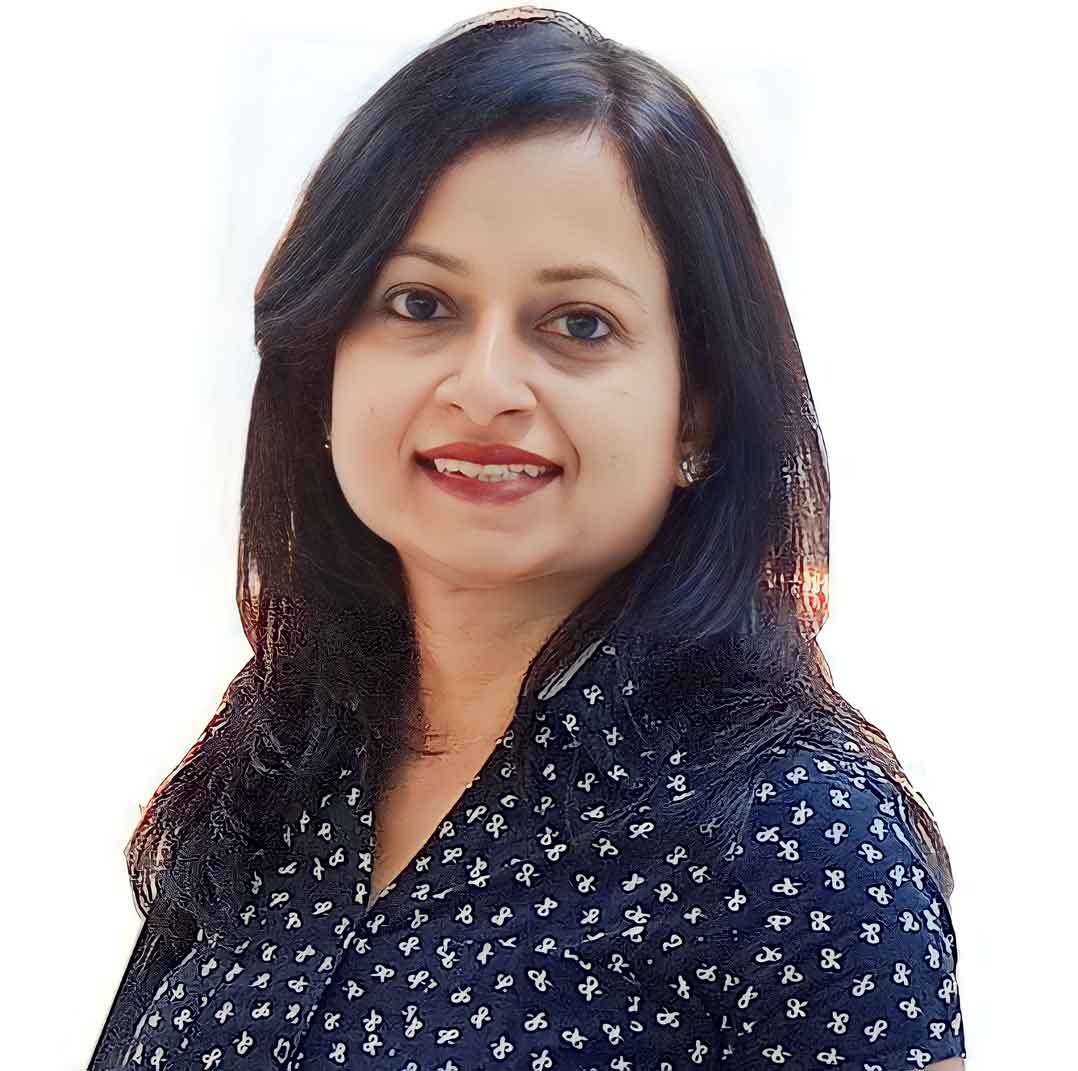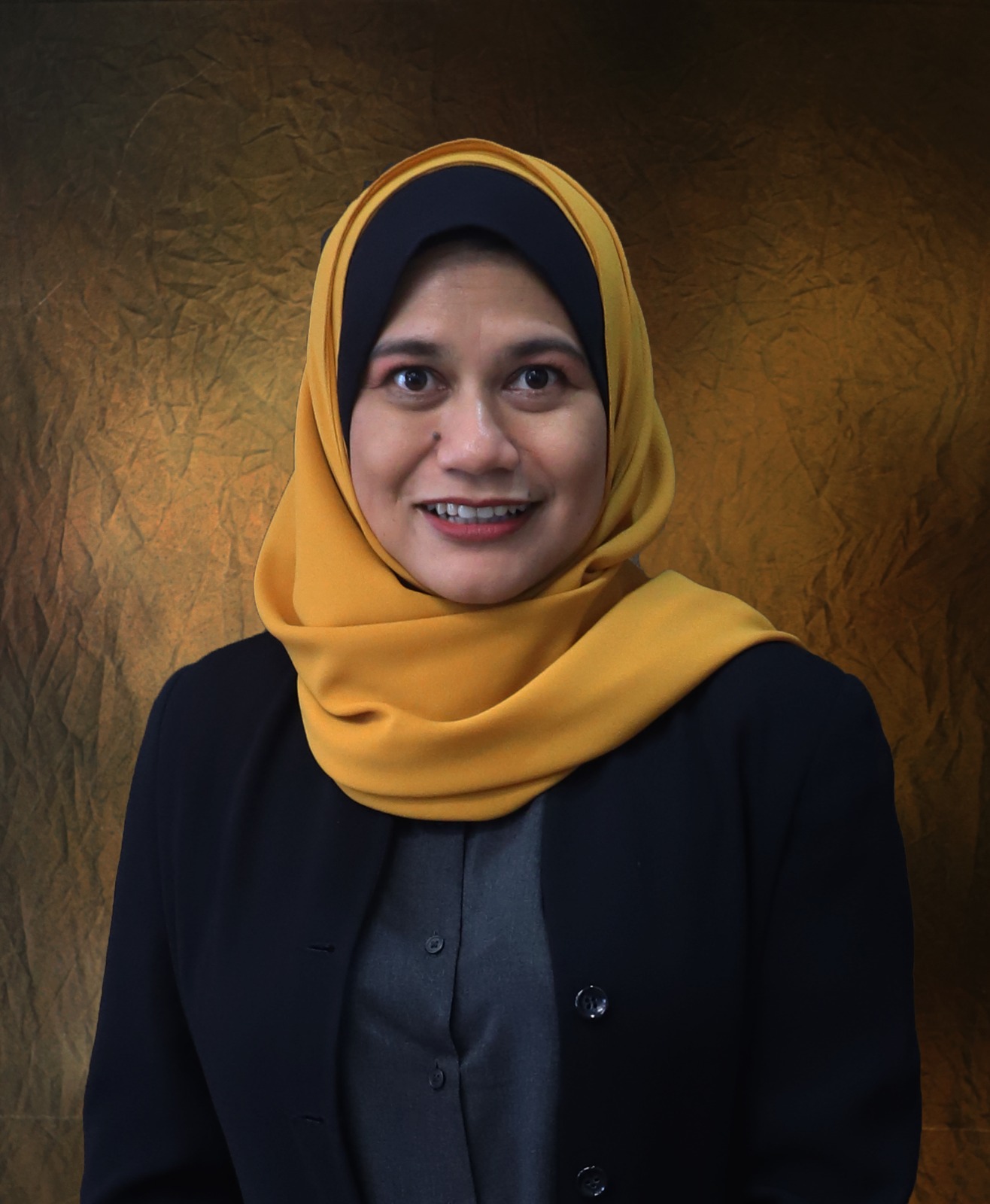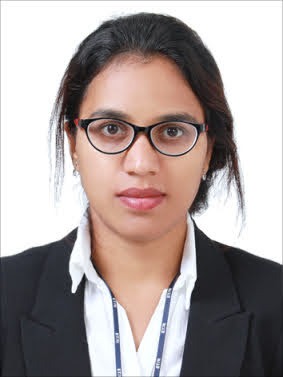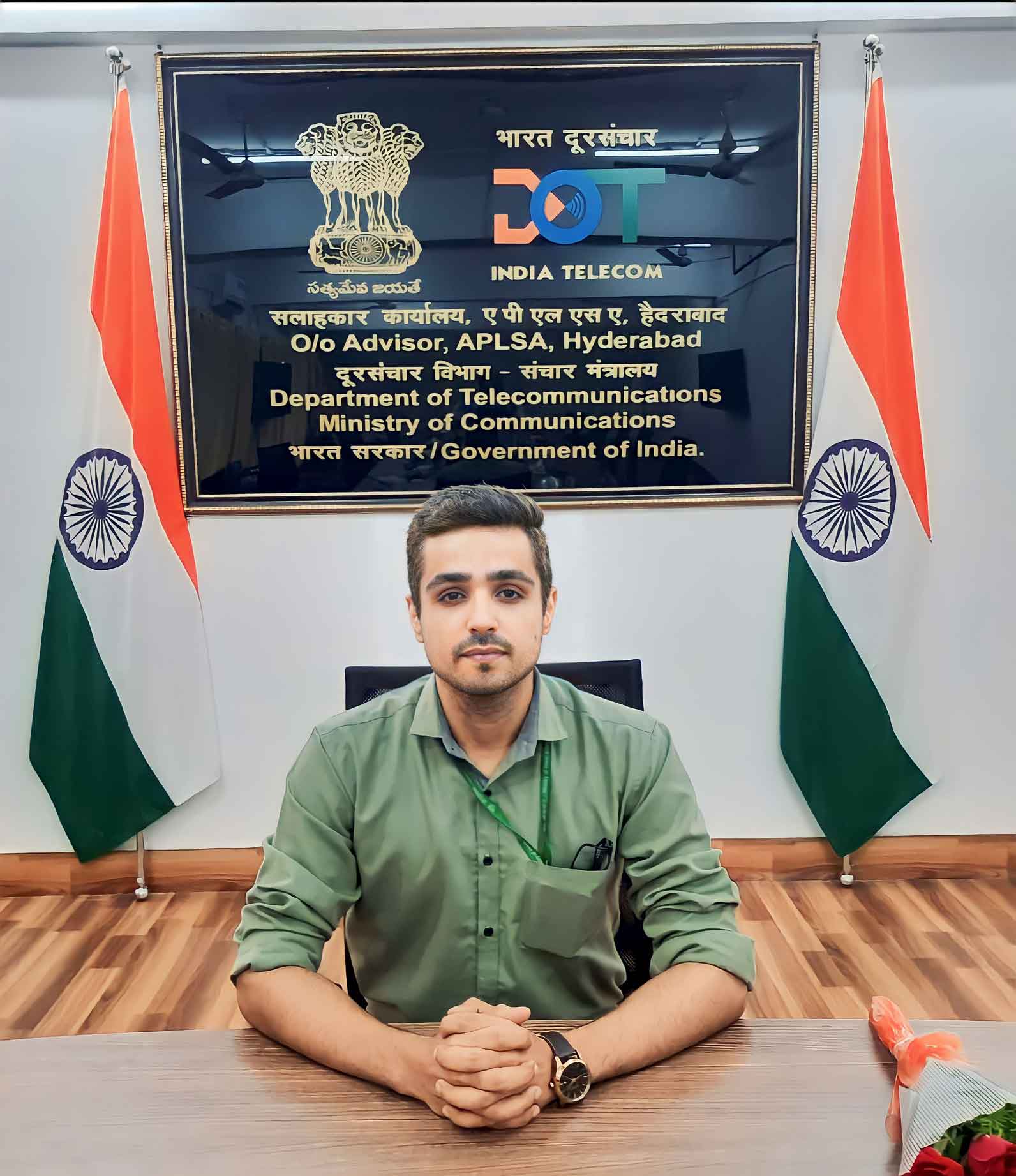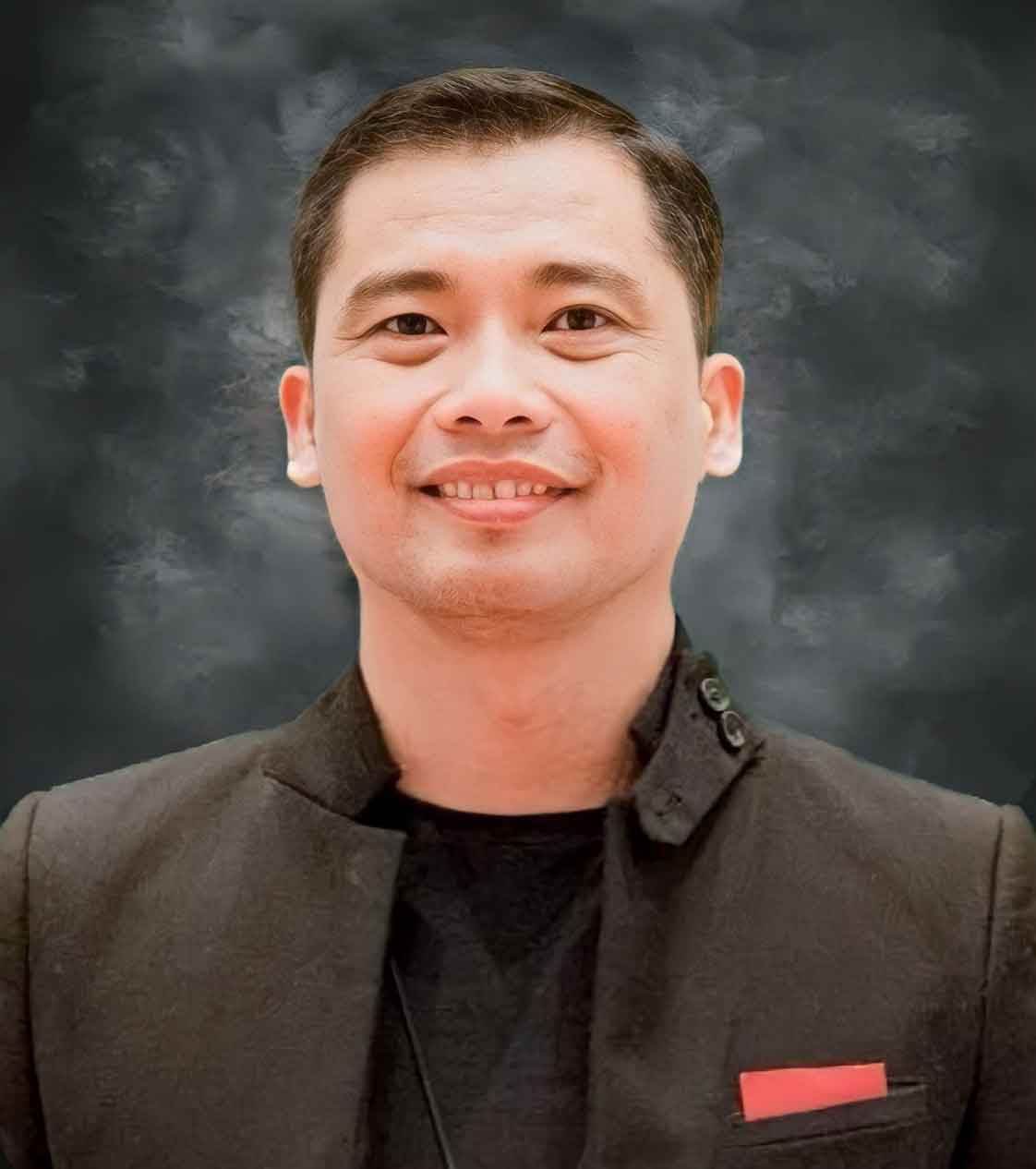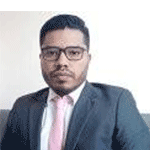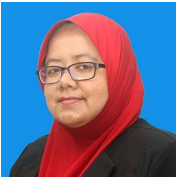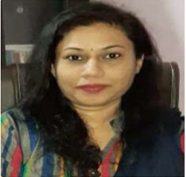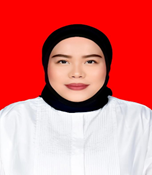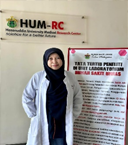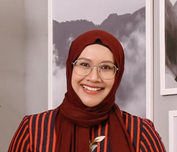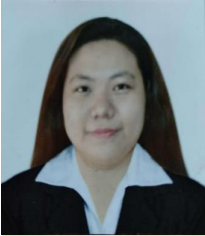- Call Us : (+91)76694 09022
Press 1 (For International Conferences with Journal Publications)
Scientific Programme (Tentative)
Day 1: 13th July 2023
| Time | Particular | ||
|---|---|---|---|
| 09:00 AM - 09:15 AM | Welcome speech by moderator | ||
| 9:15 AM - 9:30 AM |
|
||
| 9:30 AM- 10:00 AM |
|
||
| 10:00 AM - 10:30 AM |
|
||
| 10:30 AM - 10:50 AM |
|
||
| 10:50 AM - 12:20 PM | Technical Session 1 | ||
| 12:20 PM - 12.40 PM |
|
||
| 12:40 PM - 01:10 PM | Lunch | ||
| 01:10 PM - 02:40 PM | Technical Session 2 | ||
| 02:40 AM - 3.10 PM |
|
||
| 03:10 AM - 3.30 PM |
|
||
| 03:30 PM - 04:20 PM | Technical Session 3 | ||
| 4:20 PM - 4.40 PM |
|
||
| 04:40 PM - 05:30 PM | Technical Session 4 | ||
| 5:30 PM - 5.40 PM | Vote of Thanks |
Day 2: 14th July 2023
| Time | Particular | ||
|---|---|---|---|
| 9:00 AM - 9:15 AM | Welcome speech by moderator | ||
| 9:15 AM - 9:30 AM |
|
||
| 9:30 AM- 9:50 AM |
|
||
| 9:50 AM - 10:10 AM |
|
||
| 10:10 AM- 11:30 AM | Technical Session 1 | ||
| 11:30 AM - 11.50 AM |
|
||
| 11:50 AM - 1.10 PM | Technical Session 2 | ||
| 1:10 PM - 1.50 PM | Technical Session 3 | ||
| 1:50 PM - 2.05 PM | Valedictory Function |
||
| 2:05 PM - 2.10 PM | Vote of Thanks |





